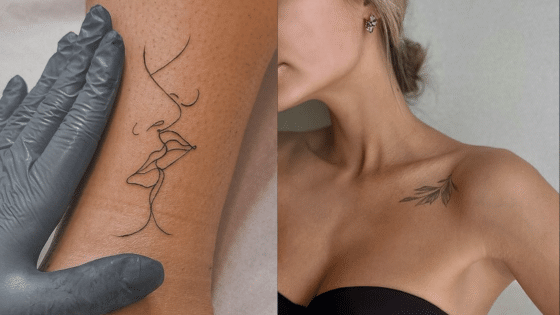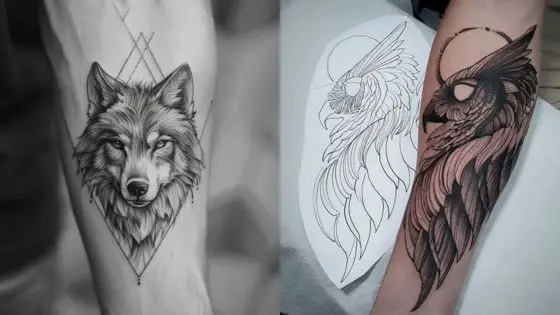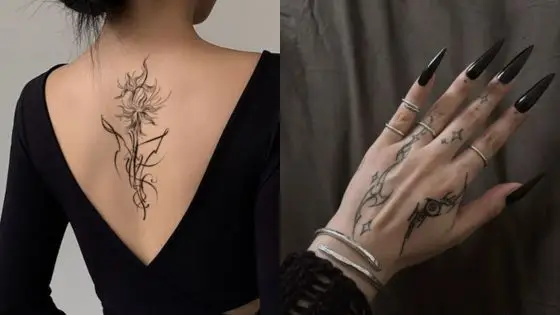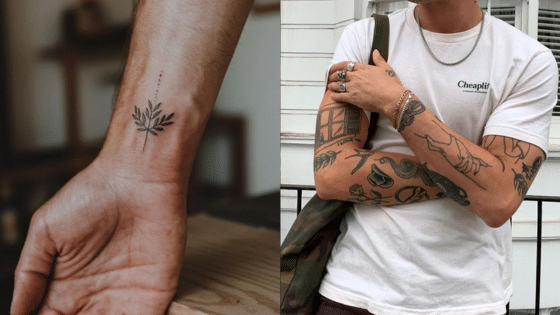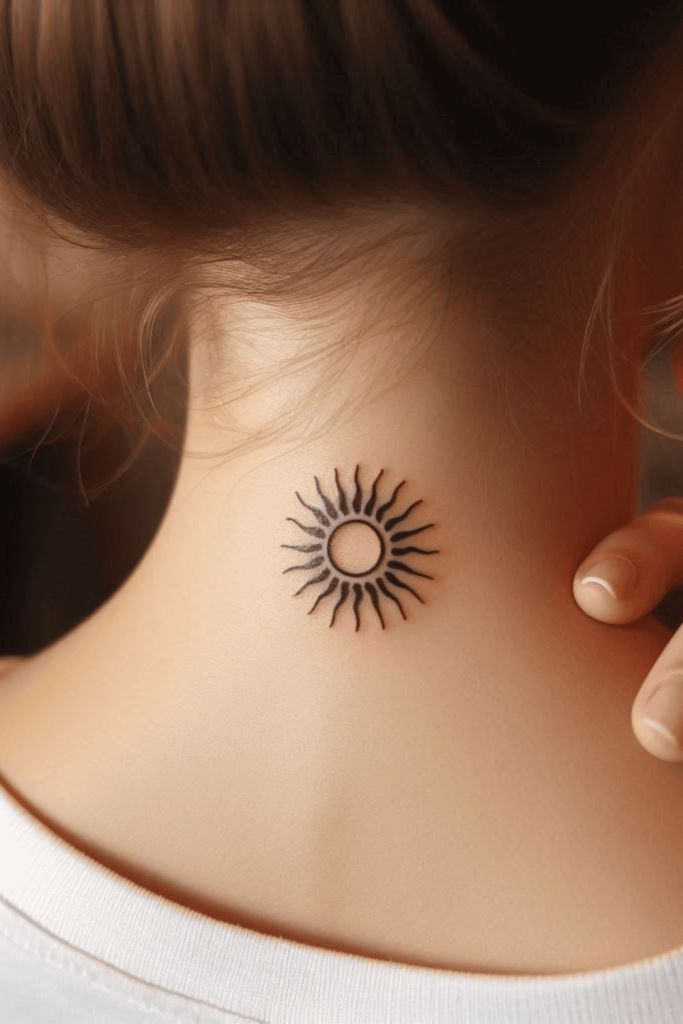
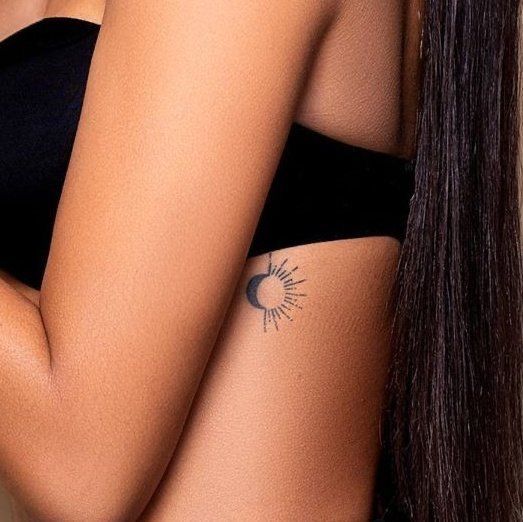
Tattoos often carry deep meanings through the symbols they display. Each symbol can represent ideas, beliefs, or emotions that hold personal significance for the person wearing it. Understanding the meaning behind tattoo symbols helps people choose designs that truly reflect their identity or values.
Some symbols have widely accepted interpretations, while others might have unique meanings depending on culture or individual experience. People often pick symbols that connect to their spirituality, heritage, or major life events. Tattoos can tell stories without words by using these powerful symbols.
Knowing the basics of popular and traditional symbols allows people to make informed choices. It also helps avoid misunderstandings, as the same tattoo may mean very different things in different places or groups.
Key Takeaways
- Tattoo symbols carry personal and cultural meanings.
- Some symbols have universal meanings, but many vary by culture or person.
- Choosing the right symbol is important for expressing identity clearly.
Fundamentals of Tattoo Symbols
Tattoo symbols often carry specific meanings tied to their origins, common shapes, and cultural backgrounds. Understanding these factors helps clarify why certain symbols are popular and what messages they convey.
Origins and Historical Context


Tattoo symbols have deep historical roots across many cultures. Ancient Egyptians, Polynesians, and Native Americans used tattoos for protection, status, or spiritual reasons.
For example, Polynesian tattoos often display patterns representing family, bravery, and rank. In Japan, traditional irezumi tattoos depict mythical creatures and natural elements tied to folktales and beliefs.
Over time, these symbols evolved, sometimes blending with new meanings. The history behind symbols helps explain why some designs remain meaningful centuries later.
Universal Motifs and Their Uses

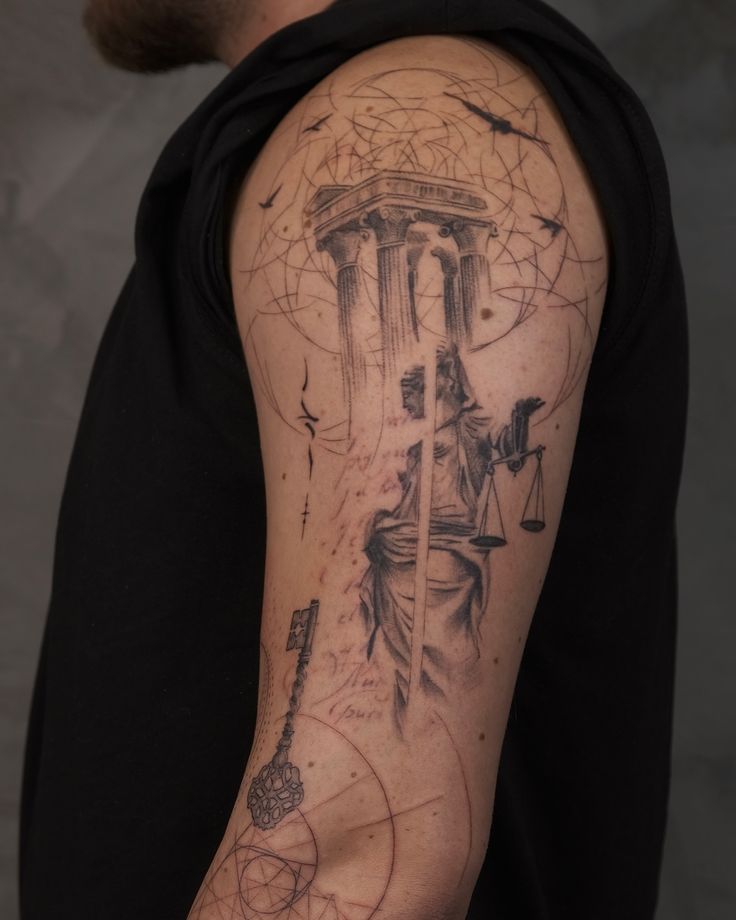
Certain tattoo symbols appear worldwide because they carry simple, clear meanings. Common motifs include:
- Hearts for love and emotion
- Skulls for mortality or rebellion
- Anchors for stability or hope
- Crosses for faith and spirituality
These symbols are flexible and can be customized to reflect personal stories. Despite different cultures, the basic images often have shared meanings that connect people through common values.
Cultural Significance Around the World
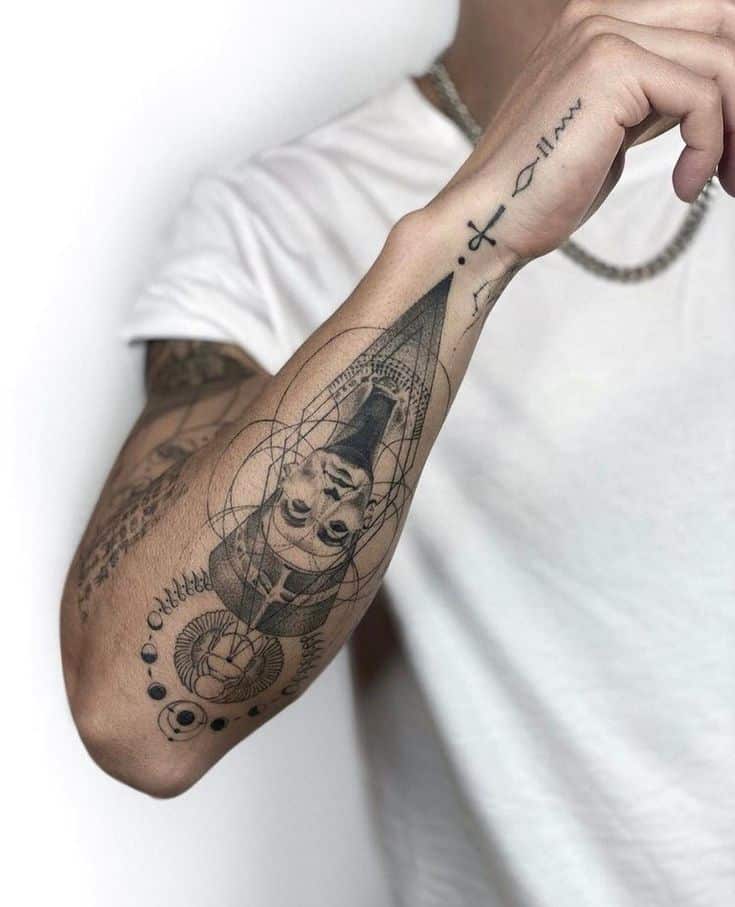
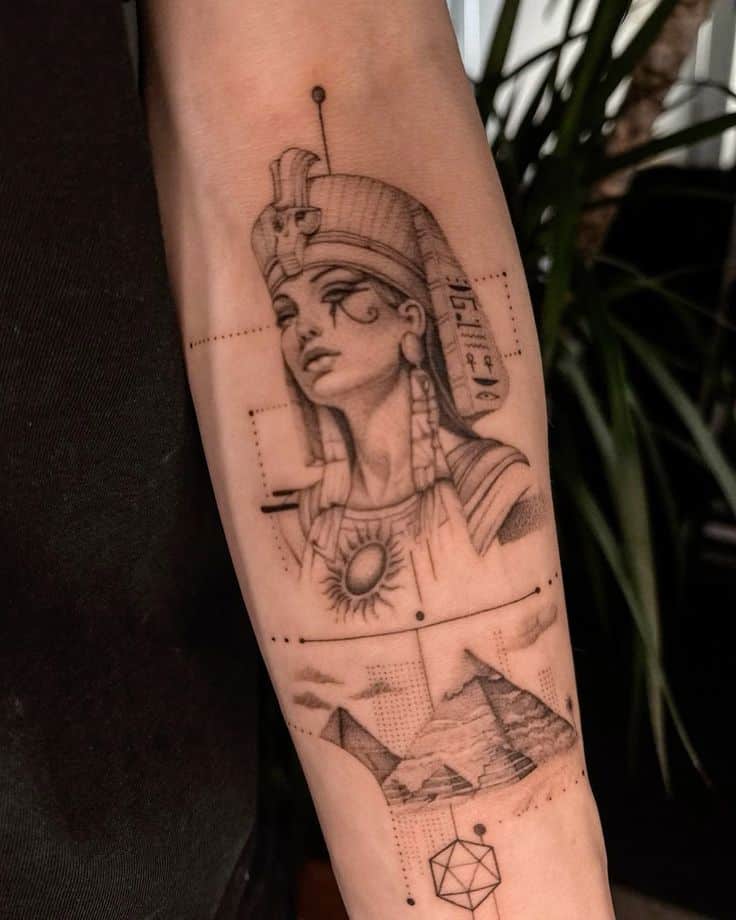
Tattoo symbols vary widely by culture and location. In Japan, koi fish symbolize perseverance. In India, henna designs often represent fertility and good luck.
Some societies use tattoos to mark rites of passage, like reaching adulthood. Others use tattoos for religious or tribal identity. In Maori culture, face tattoos called moko link an individual to their ancestors.
Respecting cultural origins is important. Appropriating symbols without understanding them can cause offense or dilute their meaning.
Popular Tattoo Symbols and Their Meanings
Many tattoo symbols carry deep meanings, often tied to personal beliefs or cultural ideas. These symbols range from animals to shapes and natural elements. Each one can represent strength, life, or guidance depending on its form.
Animal Symbols
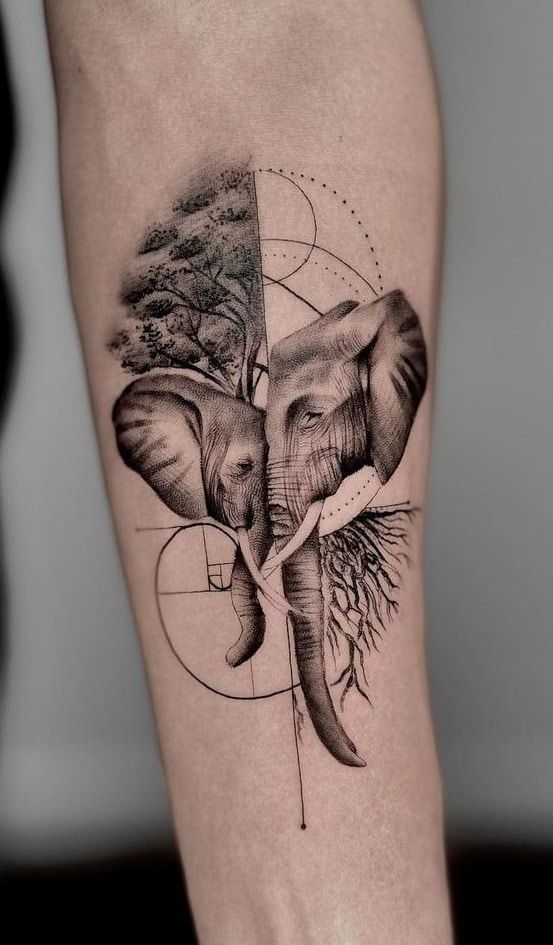
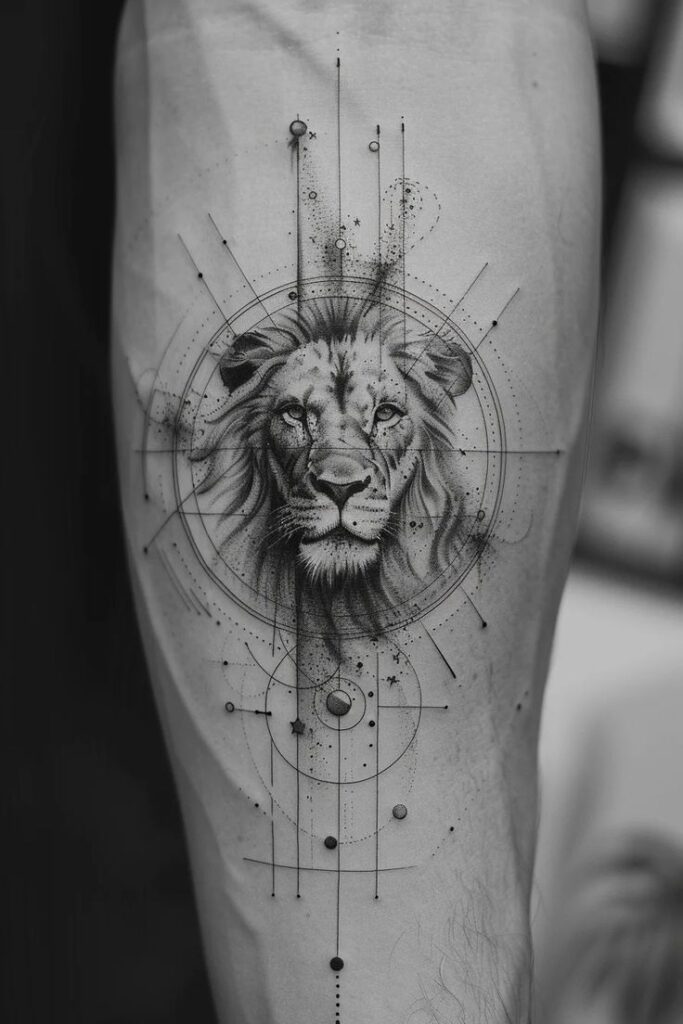
Animal tattoos often symbolize traits people admire or want to embody. For example, a lion represents courage and leadership. A wolf stands for loyalty and family ties.
Bird tattoos like the owl often signal wisdom or mystery. Meanwhile, a butterfly shows transformation and growth. Animals can also reflect cultural stories or spiritual guides.
Some choose animals that connect them to nature. Others get tattoos of pets to honor bonds with their companions.
Botanical Symbols
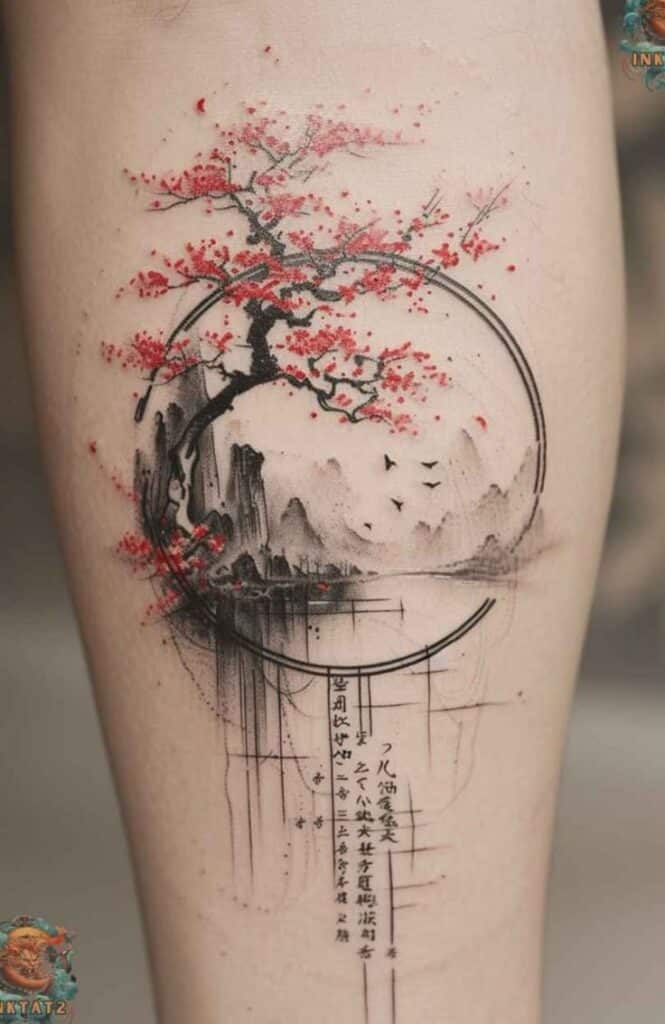
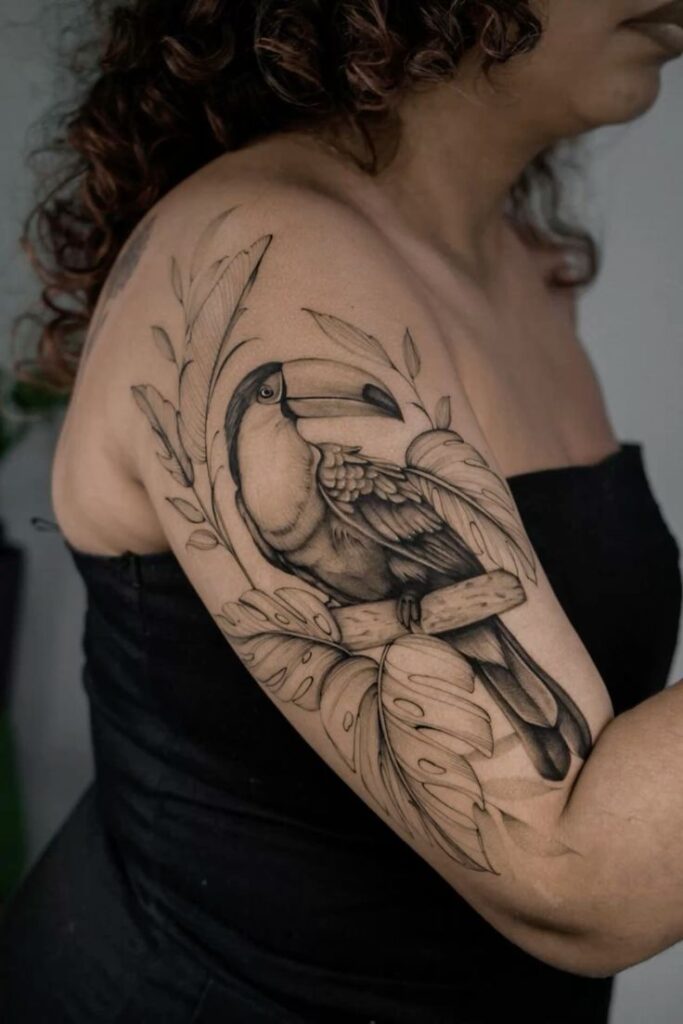
Plant and flower tattoos usually represent life, growth, or beauty. The rose is one of the most popular and can mean love, passion, or even secrecy. A lotus flower often symbolizes purity and rebirth.
Trees like the oak stand for strength and stability. Vines and leaves show connection or continuity.
Botanical tattoos often use color to add meaning. For example, a red rose may symbolize passionate love, while a white one may mean innocence.
Geometric Patterns
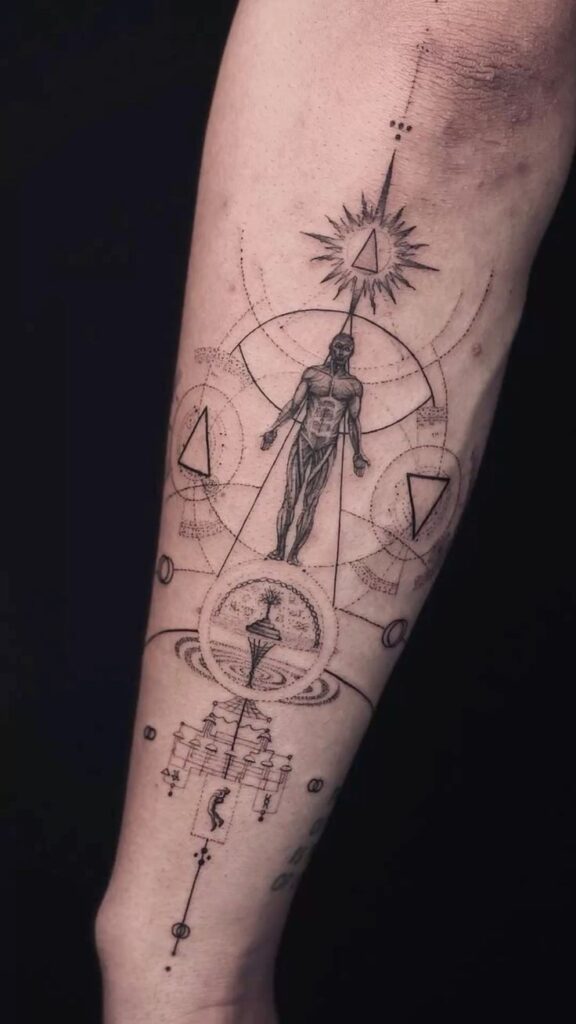
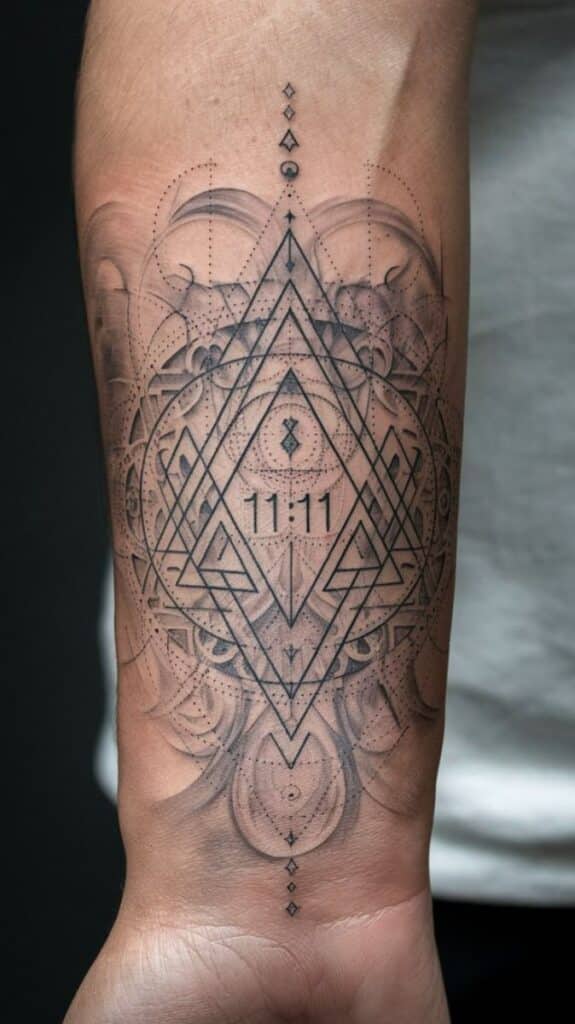
Geometric tattoos focus on shapes and lines that create harmony and balance. Common patterns include circles, triangles, and mandalas.
Circles often represent wholeness or unity. Triangles can mean strength or change depending on direction. Mandalas are linked to spirituality and meditation.
These tattoos appeal to those who like clean, simple designs with hidden meaning. They can stand alone or be part of bigger tattoo pieces.
Celestial Motifs
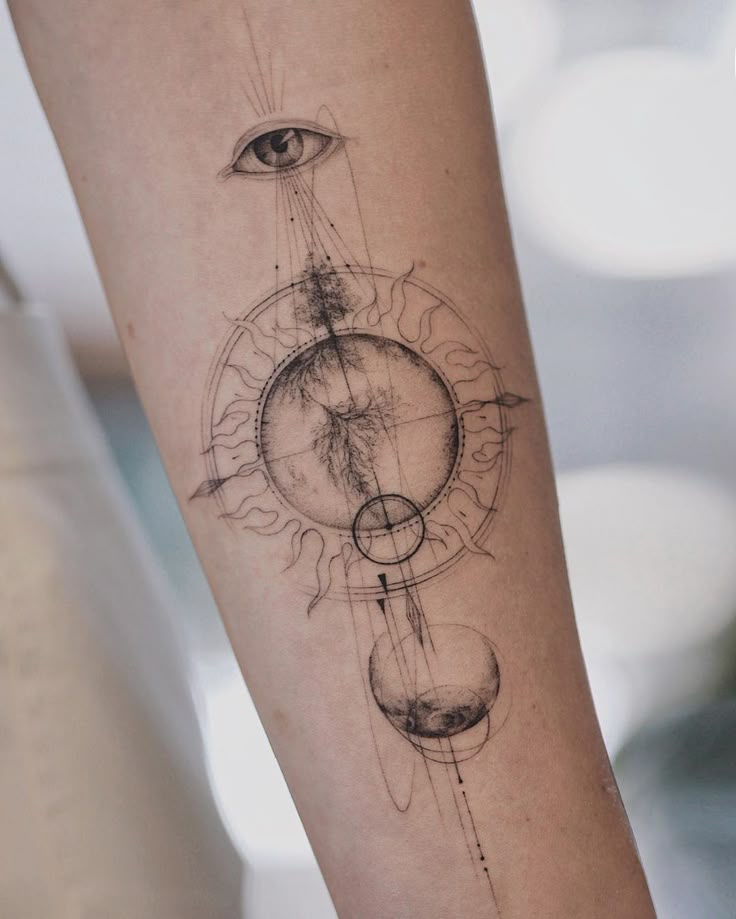
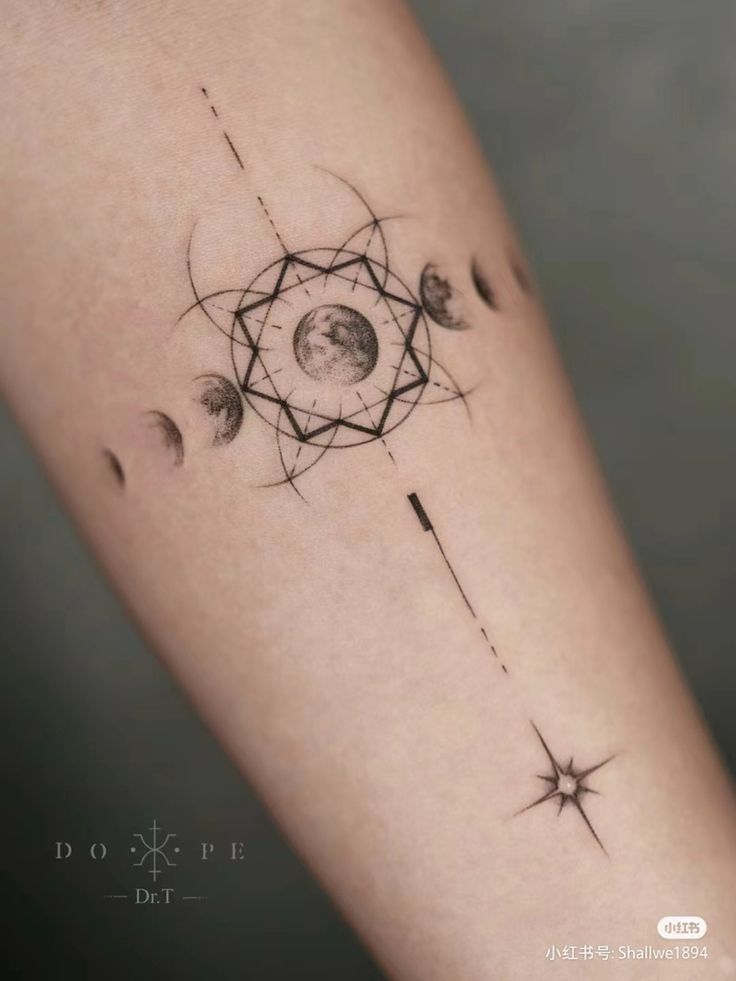
Celestial tattoos use symbols from the sky like stars, moons, and suns. The sun usually stands for energy, power, or life. The moon represents cycles, intuition, or mystery.
Stars often mean guidance or hope. Some people choose constellations to show connection to a place or story.
Celestial designs are popular for their timeless appeal and strong symbolism related to the universe and life’s rhythm.
Spiritual and Religious Symbolism
Spiritual and religious tattoos often carry deep meanings tied to faith, protection, and identity. These symbols can represent beliefs, life paths, and divine connections in clear and direct ways.
Sacred Geometries
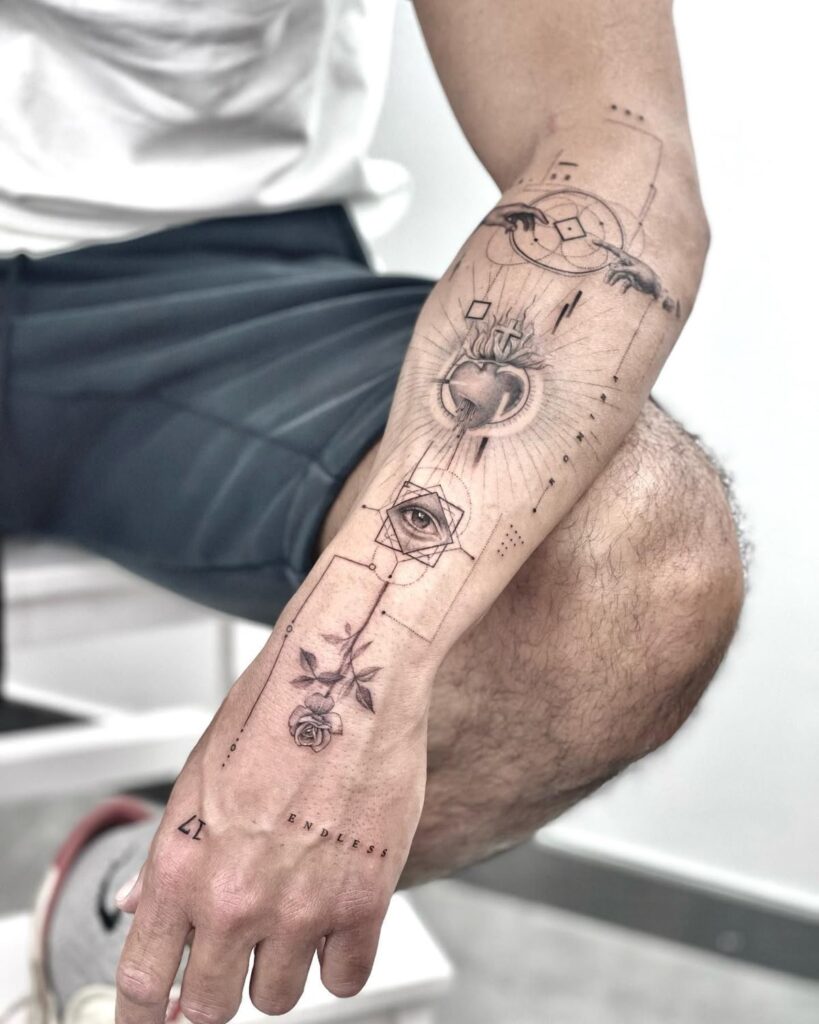
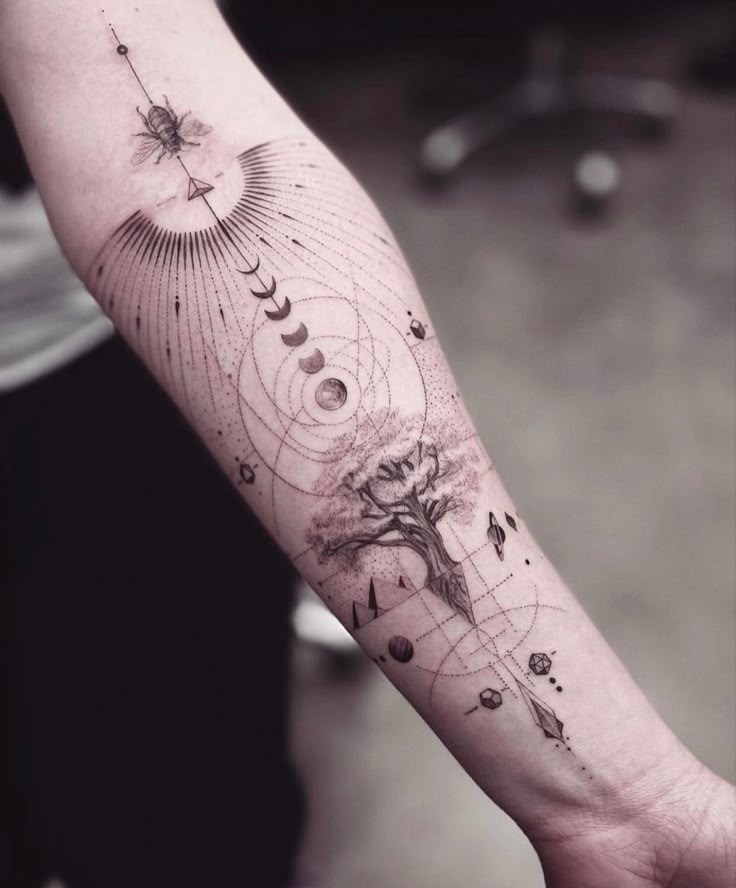
Sacred geometry tattoos use shapes like circles, triangles, and hexagons to represent balance and harmony. One common symbol is the Flower of Life, made of overlapping circles. It symbolizes creation and the connection between all living things.
Another popular shape is the Mandala, often circular, representing wholeness and spiritual growth. People choose these tattoos for their calming and meditative qualities.
The Sri Yantra is important in Hinduism and shows nine interlocking triangles. It reflects the universe’s structure and spiritual awakening.
Mythological Creatures
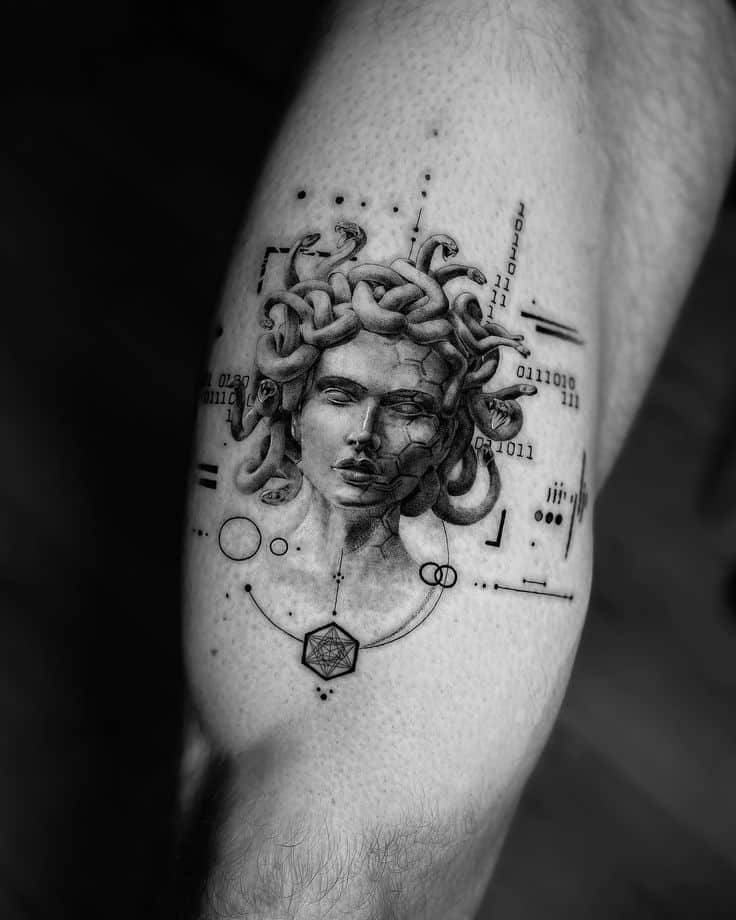
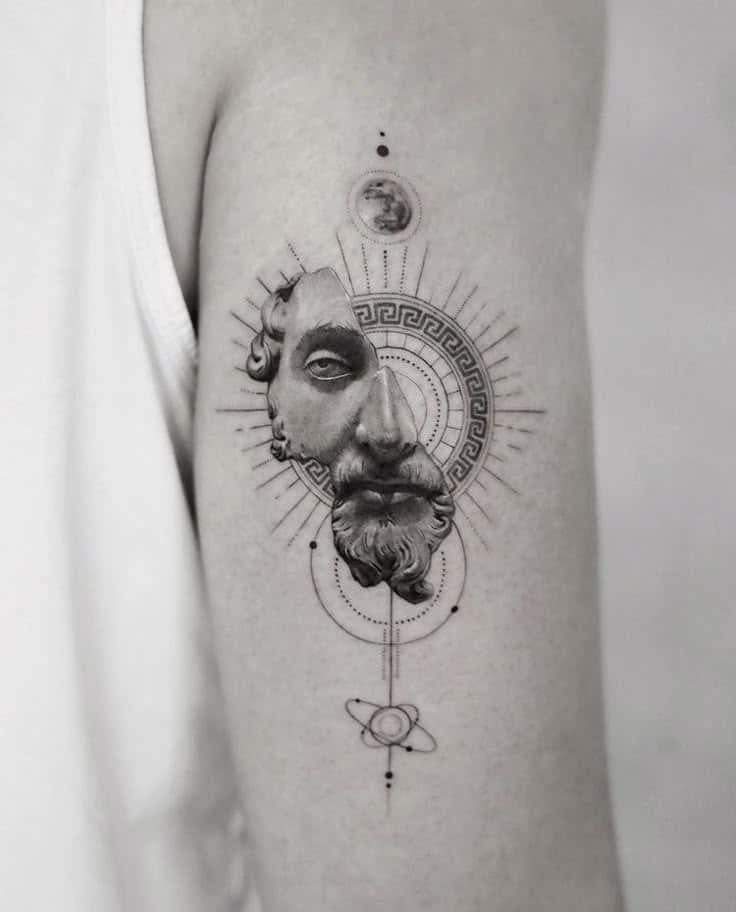
Mythological creatures often represent protection, strength, and wisdom. The Dragon, found in many cultures, symbolizes power and good luck. In Asian traditions, dragons are seen as benevolent and connected to water and weather.
The Phoenix, a bird that rises from its ashes, stands for rebirth and renewal. It is popular in tattoo art as a symbol of overcoming challenges.
The Griffin, with the body of a lion and head of an eagle, represents courage and guardianship. This creature combines qualities of both animals to show strength and vigilance.
Deities and Icons
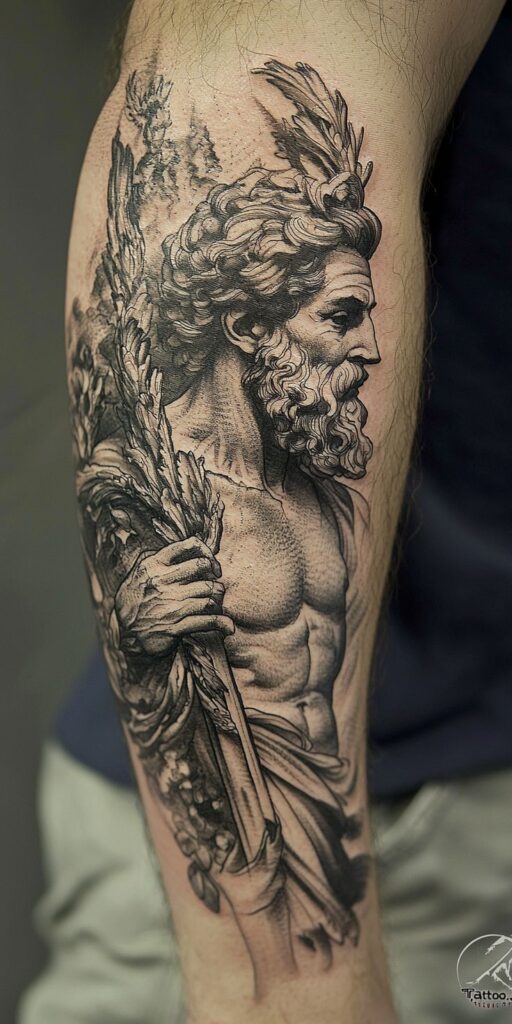
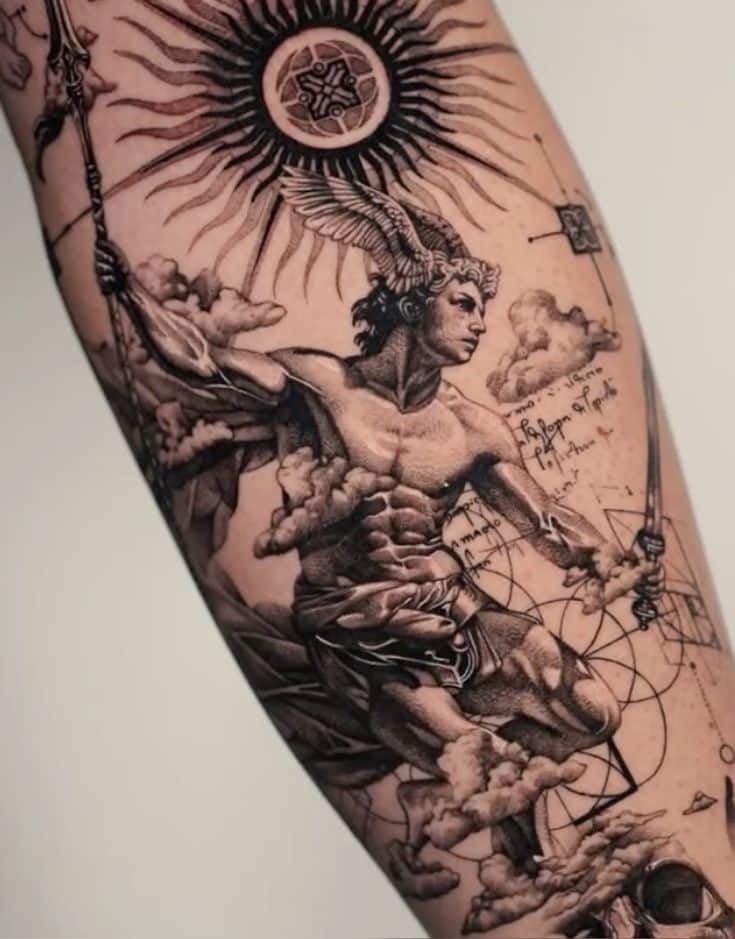
Tattooing images of gods and religious icons expresses devotion and spiritual guidance. Buddha tattoos reflect peace, enlightenment, and mindfulness. Artists usually depict Buddha in calm, meditative poses.
Christian tattoos often include crosses or Jesus Christ images to show faith and sacrifice. The cross is one of the most recognized spiritual symbols worldwide.
Hindu designs use gods like Ganesha, who is the remover of obstacles. Ganesha tattoos symbolize wisdom, success, and protection during journeys or important life changes.
Personal Expression Through Tattoo Art
Tattoos often reflect a person’s story, beliefs, and relationships. They represent who someone is, memories of loved ones, or important moments in life. The meaning behind these tattoos helps people share a part of themselves without words.
Symbols of Identity
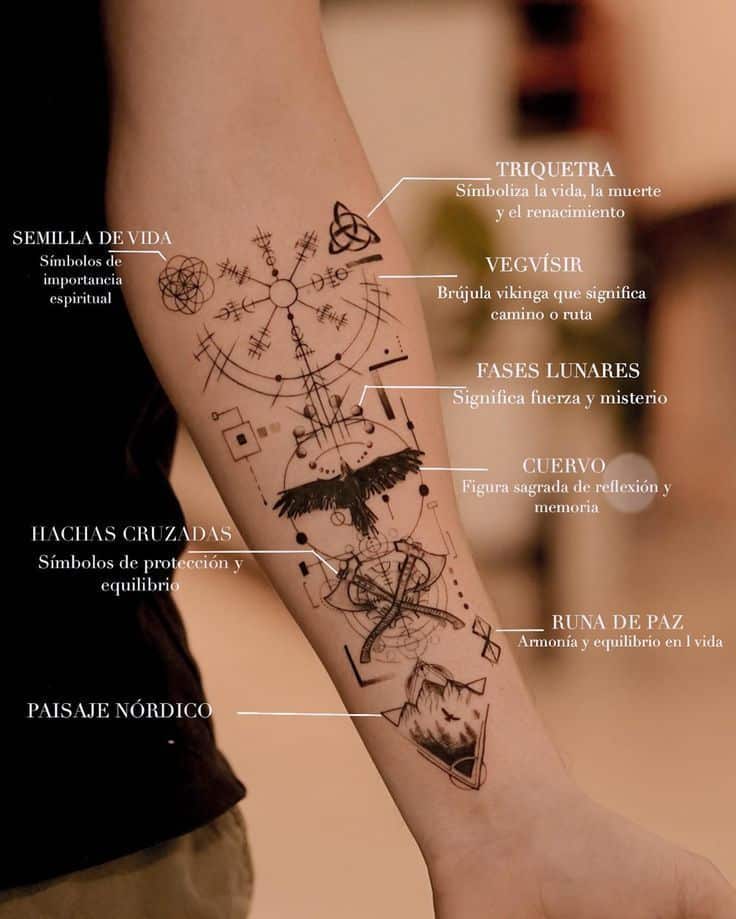
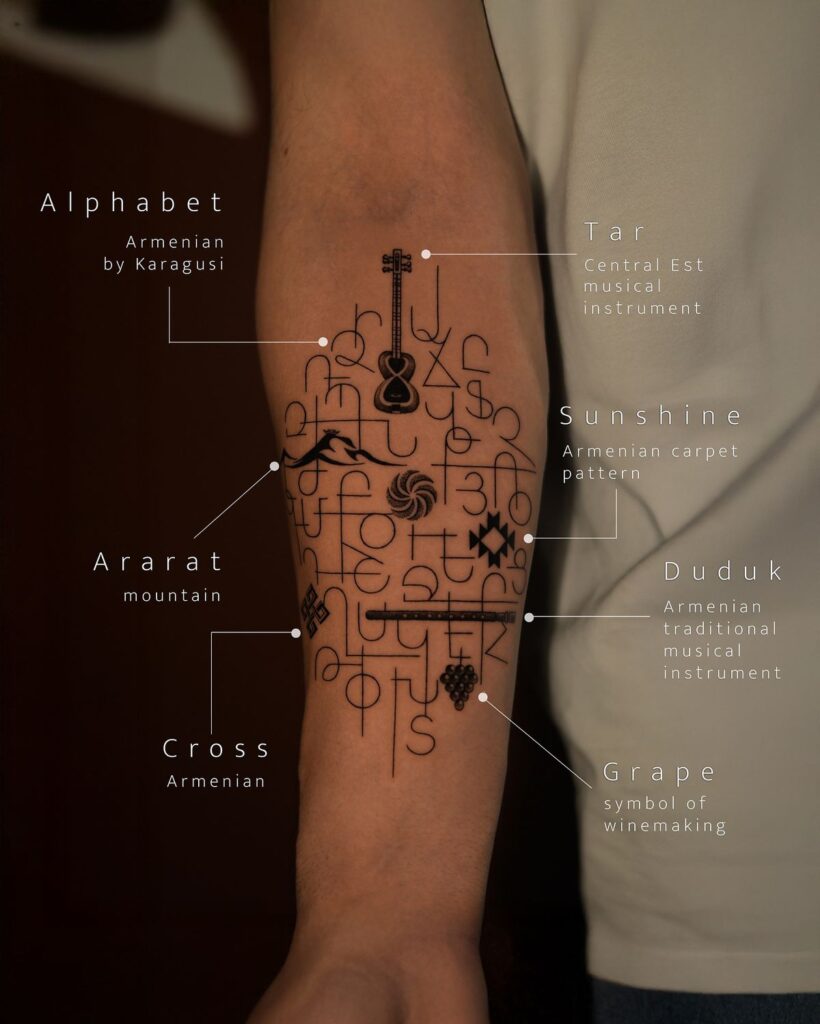
People use tattoos to show their identity in many ways. These can include cultural symbols, like a tribal design or a national flag. They may also choose symbols that reflect personal values, such as a favorite animal or element.
Some select letters or numbers that hold personal significance. For example, initials, zodiac signs, or numbers linked to important dates. These tattoos serve as a permanent marker of who they are and what matters most to them.
Tribute and Memorial Tattoos
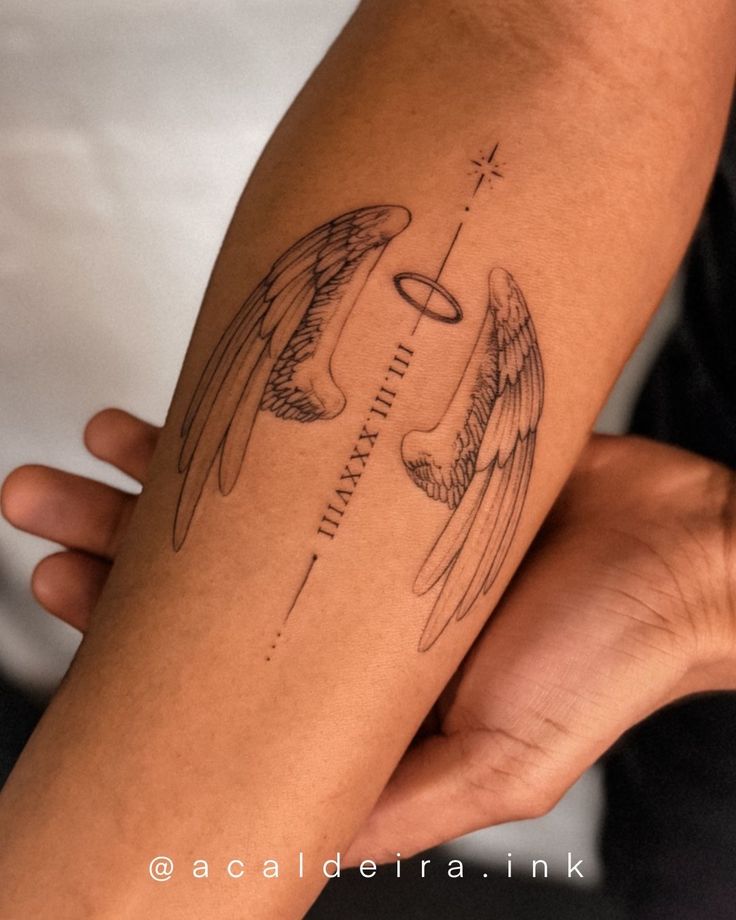
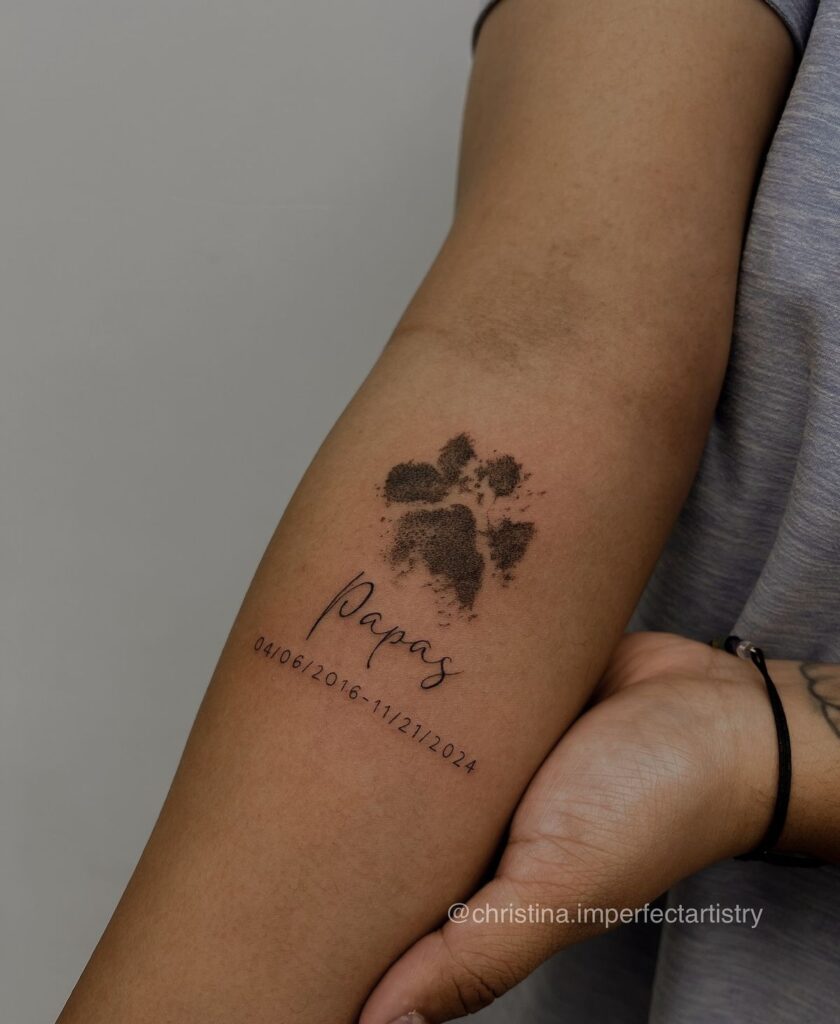
Tribute tattoos honor loved ones who have passed away. They often include names, dates, or images that remind the wearer of the person. Common symbols include hearts, angels, or religious icons.
Memorial tattoos can also use quotes or handwriting from the lost person. These help keep memories alive and provide comfort. They act as a visible tribute that carries emotional meaning every day.
Life Events and Milestones
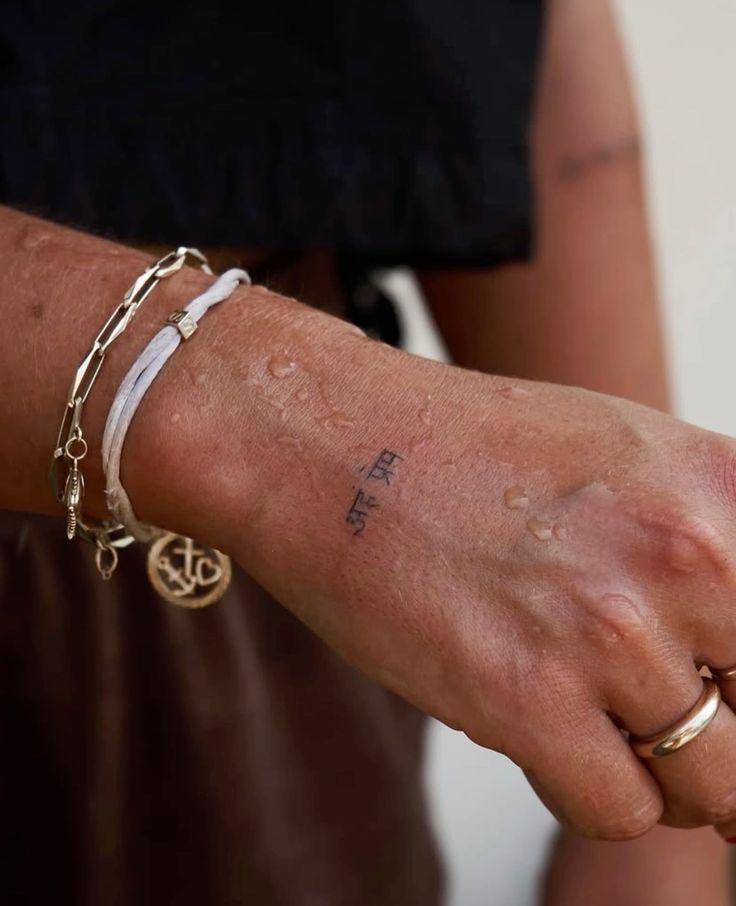
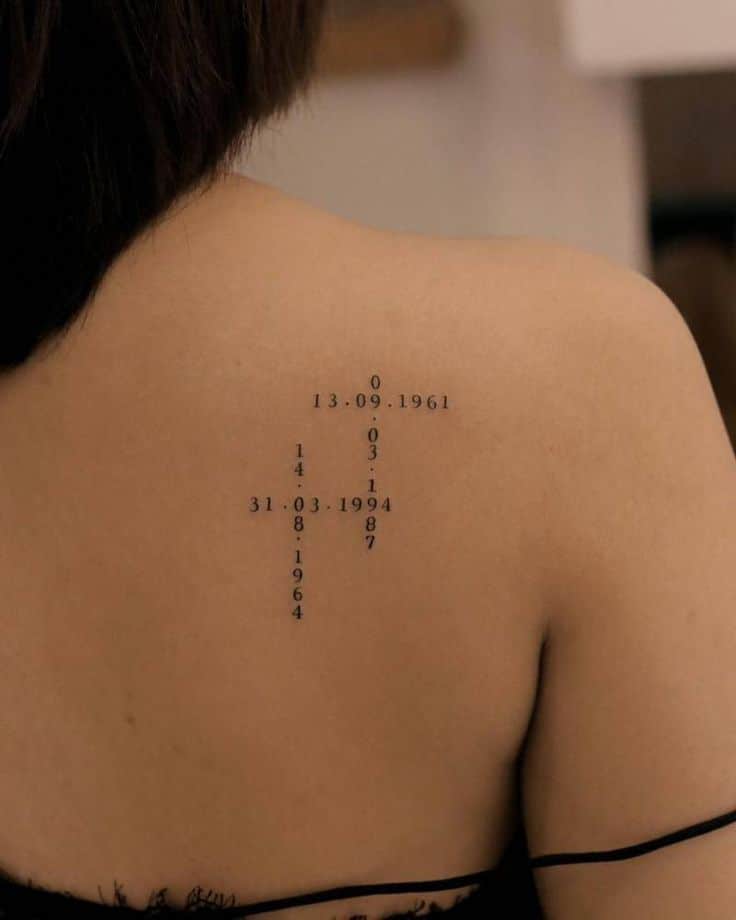
Life events like graduations, achievements, or recoveries often inspire tattoos. People might choose symbols to celebrate a key moment, like a diploma or a medal design.
Milestone tattoos mark changes or growth, such as overcoming illness or reaching a personal goal. These tattoos show resilience and transformation, making the wearer’s journey visible. They serve as reminders of strength during tough times.
Modern Interpretations and Trends
Tattoo styles today often reflect personal expression and social changes. People choose designs that carry clear, simple meanings or mix old and new ideas. Popular symbols evolve with culture while keeping some traditional roots.
Minimalist and Abstract Designs
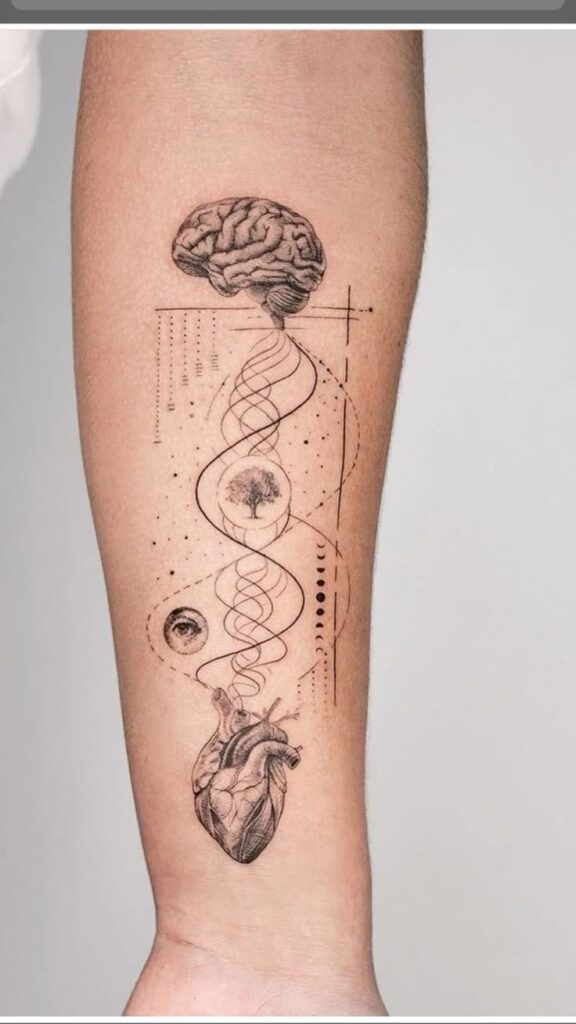
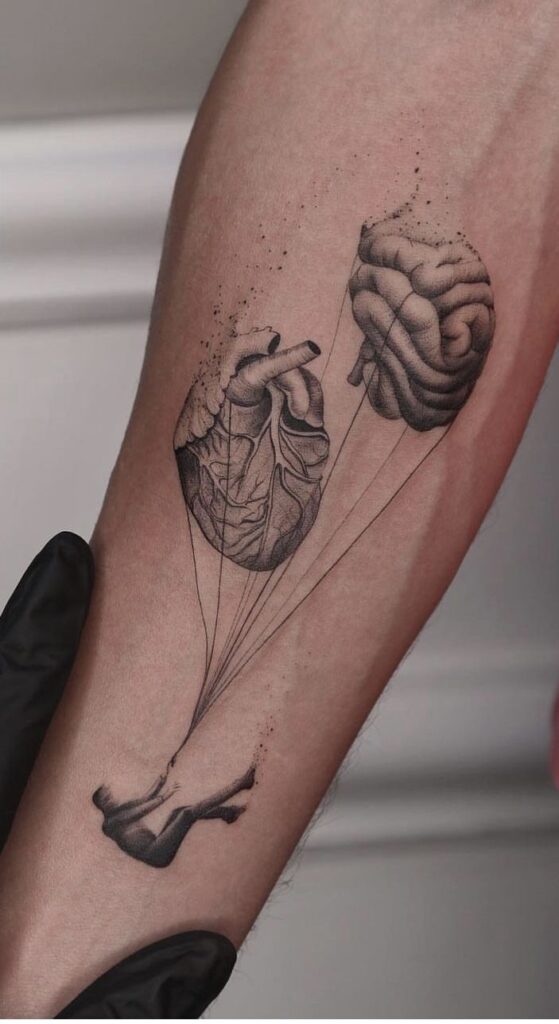
Minimalist tattoos use simple lines, shapes, and small symbols. They focus on clarity and subtle meaning rather than complex pictures. Many choose minimalist tattoos because they are easy to hide and faster to ink.
Abstract designs avoid clear images. Instead, they rely on form and color to express feelings or ideas. This style is popular among those who want tattoos that invite personal interpretation and are unique to the wearer.
Minimalist and abstract tattoos often show values like freedom, balance, or strength through small, clean symbols such as dots, triangles, or waves.
Contemporary Cultural Symbols
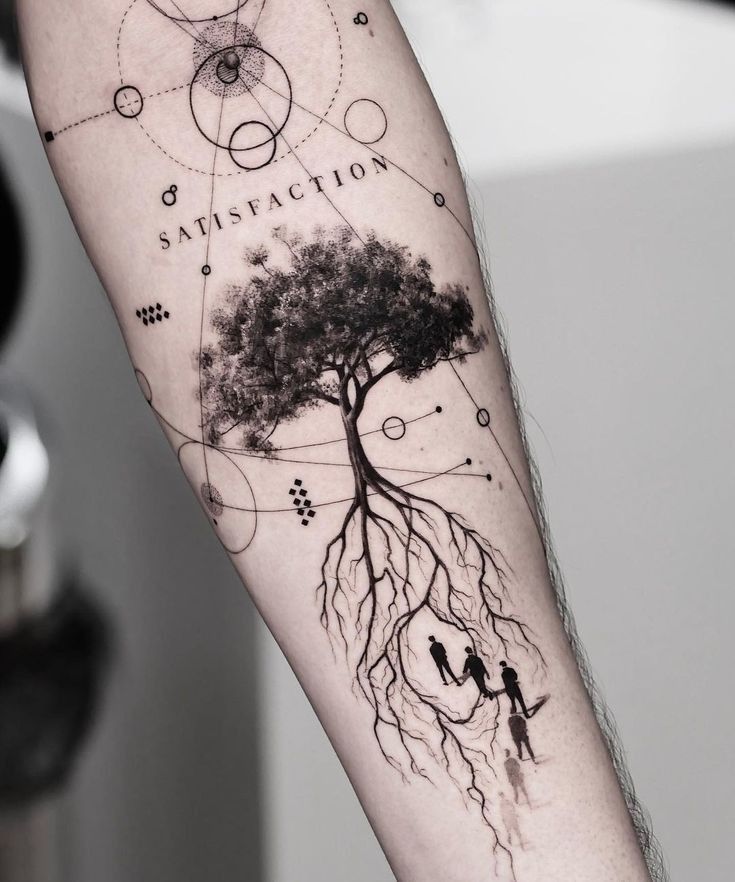
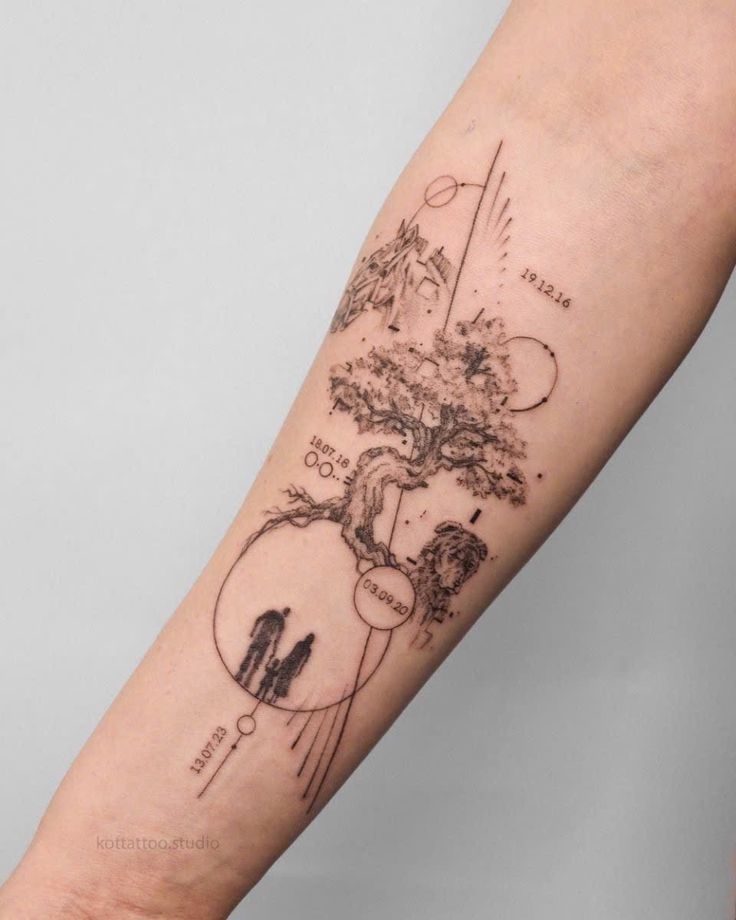
Modern tattoos often include symbols from current social movements and pop culture. Signs like equality logos, climate symbols, or emblems from popular shows and music express personal beliefs or interests.
These tattoos carry meaning tied to community or identity. For example, a rainbow flag tattoo shows LGBTQ+ pride, while a green leaf might represent environmentalism.
Using these symbols keeps tattoos connected to today’s world and allows people to share their views openly.
Fusion of Traditional and Modern Elements


Many tattoos blend old and new styles. This mix respects traditional art but adds modern touches like color changes or new layouts.
For example, a classic Japanese wave might use brighter colors or a geometric frame. Or a tribal pattern might be paired with modern fonts or abstract shapes.
This fusion keeps tattoos relevant and interesting while honoring their cultural origins. It appeals to people who want both meaning and fresh design.
Choosing the Right Symbol for You
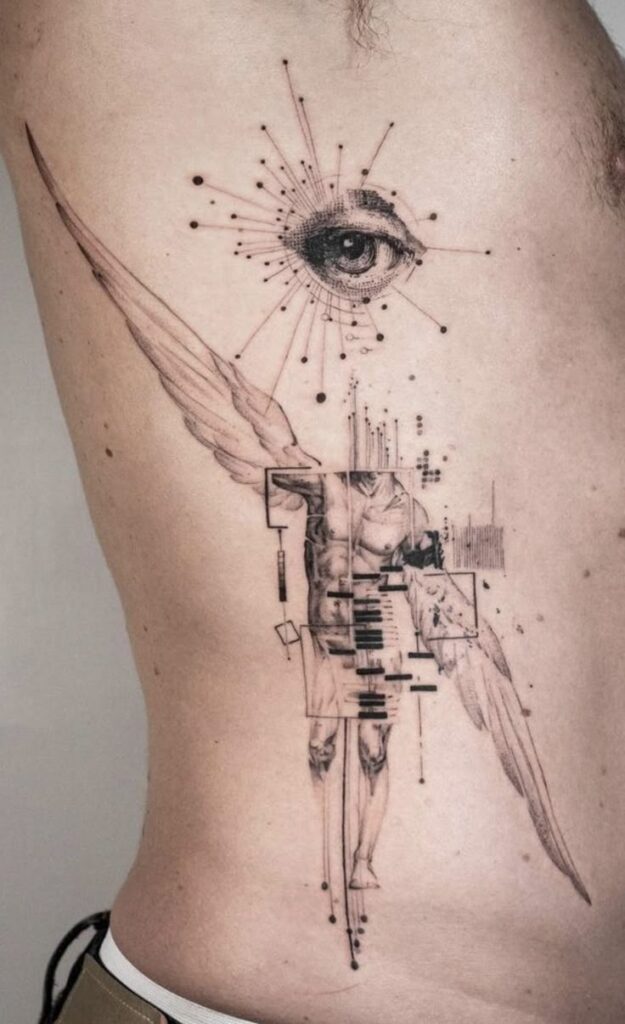
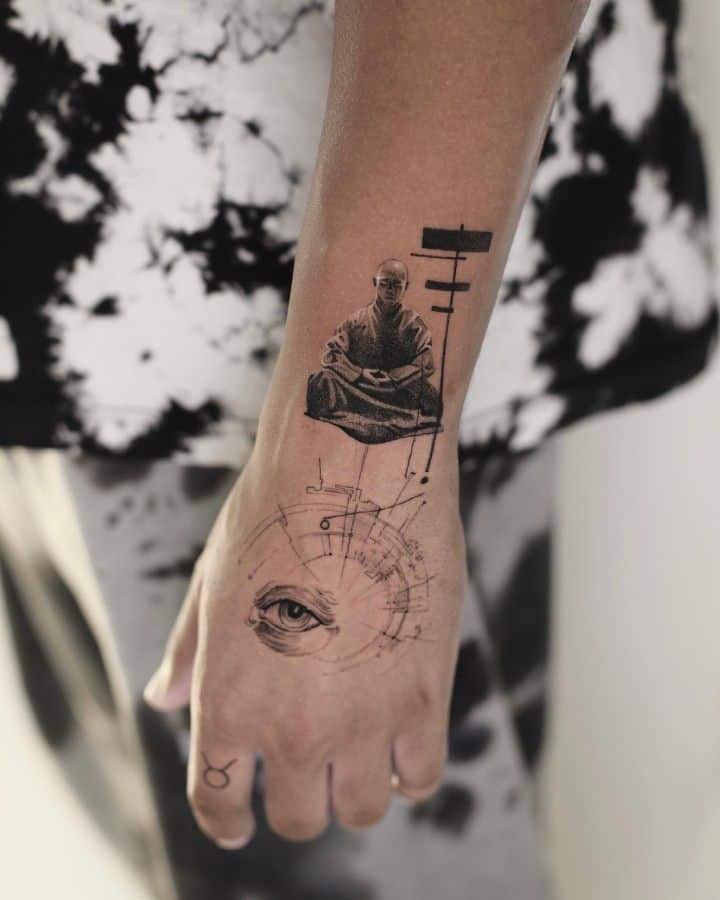
When choosing a tattoo symbol, it is important to think about what it means personally. People should pick symbols that reflect their values, beliefs, or important life events.
Some symbols have common meanings, but the real significance comes from how a person connects with them. For example, a tree can mean growth to one person and family to another.
It helps to make a list of ideas before deciding. Writing down what each symbol means personally can clarify the best choice.
People should also consider the style and size. Some symbols work better small, while others need space to show detail.
Below is a simple list to guide the choice:
- Meaning: What does the symbol represent to them?
- Appearance: Does it look good on the part of the body they want?
- Longevity: Will the meaning stay important over time?
- Cultural Sensitivity: Is the symbol respectful and appropriate?
Talking to a tattoo artist can also provide insight. Artists often know which designs age well and fit well on different body parts.
Choosing a symbol is a personal decision. Taking time to reflect helps ensure the tattoo will hold meaning for years.
- 3shares
- Facebook0
- Pinterest0
- Twitter3
- Reddit0








